Which braking system for my bike?
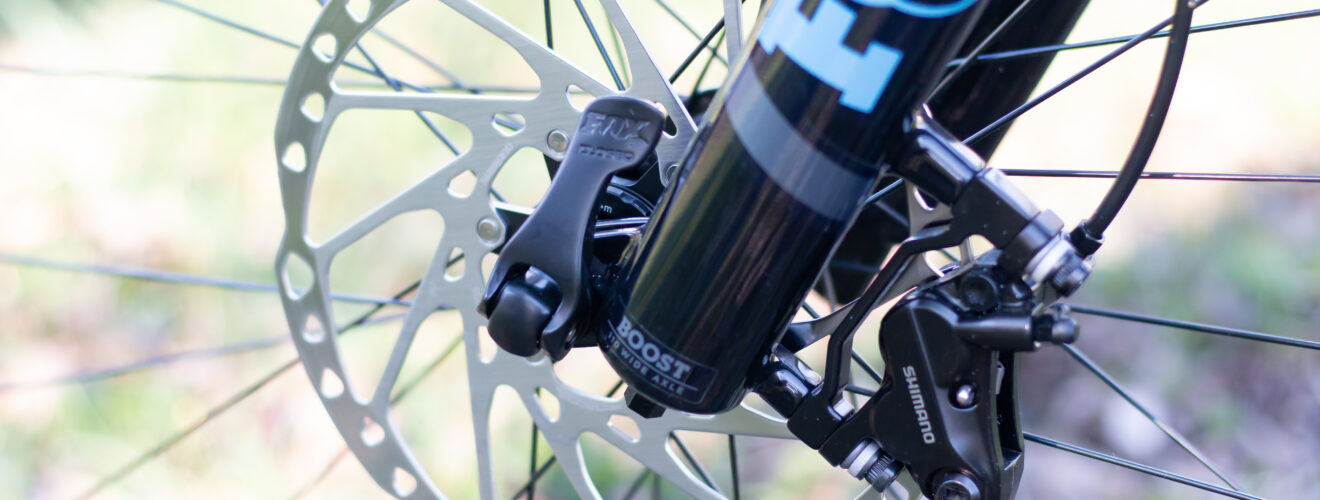
Who would have thought it: the brake is one of the most important components of all. In 1905, the British Frederick W. Lanchester developed and patented the disc brake. Today, the disc brake is installed on most high-quality bicycles and makes a simple bike ride or downhill use a safer endeavour. But the classic rim brake has also prevailed to this day because of its reliability and lightness.
Those who brake later are faster for longer.
(Author unknown)
The powerful disc brake
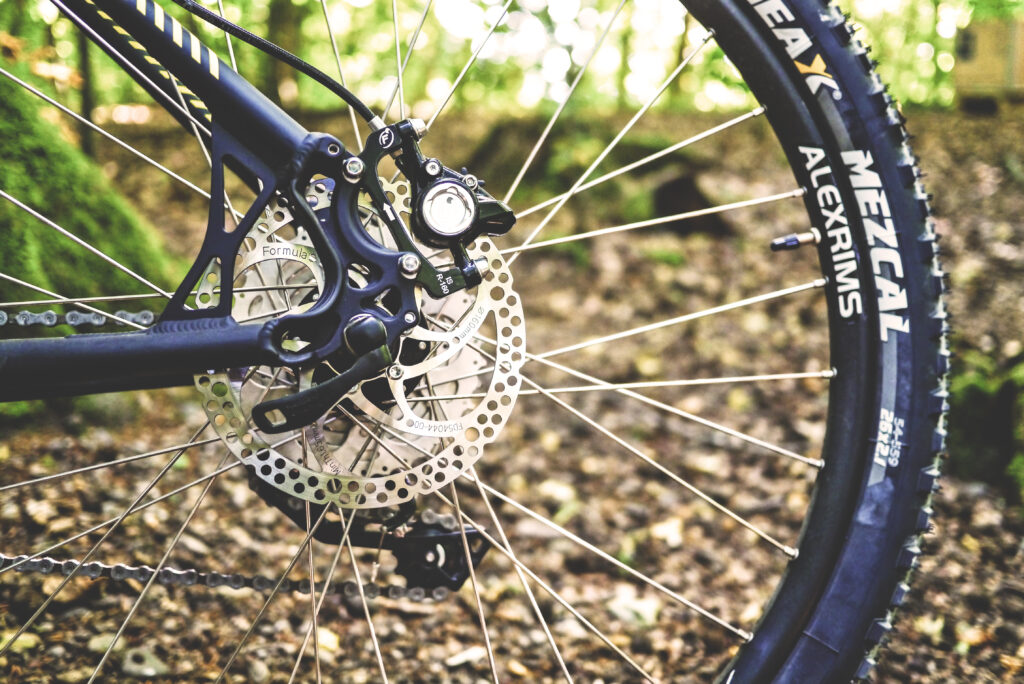
Mountain bikes and higher-quality trekking bikes are now equipped with disc brakes. When the brake is applied, it is not applied to the rim but to a disc that rotates with it and is attached to the wheel axle. In wet conditions, the higher surface pressure means that better braking performance can be expected than with the rim brake. On long and steep descents, rims and tyres are not heated unnecessarily, thus preventing damage. The larger the brake disc, the greater the braking effect (180 mm or 203 mm discs are standard). A distinction is made between hydraulic (with brake fluid) and mechanical disc brakes. With the mechanical ones, the brake does not react as directly and precisely as with the hydraulic ones. In the future, mechanical brakes will probably be completely replaced and, due to the large range of products on offer, they will also be cheaper.
The classic rim brake
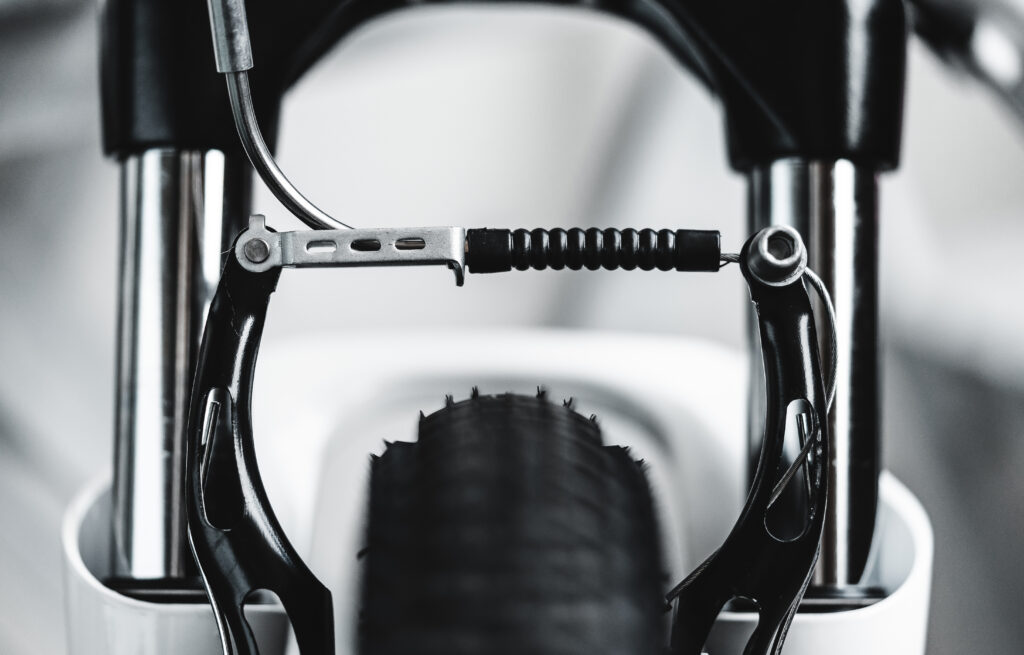
On trekking and road bikes, the brake lever is actuated and the brake is applied to the rim. There are side-pull brakes, V-brakes and cantilever brakes. A distinction is also made between mechanical and hydraulic actuation. If the rim brake is sufficiently maintained or adjusted, its braking performance is superior to that of a disc brake in the same price category.
Road bikes have always been equipped with these light and reliable brakes. The rims of road bikes are usually made of aluminium and the braking performance in wet conditions is better than with steel rims.
Advantages of the disc brake:
- Requires less finger force
- Rims do not become abraded or too hot
- Brakes better in wet conditions
- Very durable
Disadvantages of disc brake:
- More sensitive during transport
- Heavier than rim brakes
- Cost a little more
- More stress on hubs and spokes
There are two types of mounting:
- IS2000 (6-hole) – brake disc is attached to the hub with 6 M5 Torx bolts.
- Centerlock (Shimano) – easy mounting and dismounting (mounted with special locking ring)
Note: For the Centerlock system you need a special tool. For the IS2000 mounting you only need a Torx screwdriver.
Brake pads for disc brakes:
- Sintered brake pads: Heat-resistant and long-lasting. However, they require a longer running-in period and the brake disc is subjected to more stress.
- Organic pads (Resin Brake Pads): Consist of organic fibres and synthetic resin. They are low-noise and can be run in quickly.
Brake fluid for hydraulic disc brakes:
In hydraulic brakes, the braking force is transmitted to the brake piston via a fluid:
- DOT(Department of Transportation): There are 4 DOT standards (DOT 3, DOT 4, DOT 5 and DOT 5.1) and are glycol-based or silicone-based. The higher the DOT class, the higher the boiling temperature and wet boiling point. Brake fluid should be replaced once a year and is not compatible with each other.
- Mineral oil: Boiling/wet boiling point is lower than DOT. Water and mineral oil do not combine (not hygroscopic). The quality of mineral oil remains constant longer and thus requires less maintenance.
Two or four pistons?
The 2-piston brake has 2 brake pistons per caliper (one brake pad per piston). An even distribution of pressure achieves the best possible pressure distribution. 4 pistons, on the other hand, logically achieve more braking force with the same leverage. There is a larger friction surface and thus a 2-piston brake can brake more effectively in the ideal case. If you are riding downhill, for example, and you need more braking power, then a brake system with 4 pistons is helpful. Many downhill riders still use one with 2 pistons because of the lower weight.
Drum brake/roller brake
Braking takes place in the rear hub of the bike and is operated by a brake lever. Due to the closed system, the braking effect is not affected by wet conditions. This type of brake is widely used in motorbikes and automobiles, but due to its heavy weight it is rarely found on modern bicycles.
Coaster brake
Most of us grew up with the coaster brake. Nowadays they are rarely found on new bikes. It is low-maintenance and robust, but not as reliable as other braking systems.
Punch brake
Like a stamp, a metal shoe used to be pressed against the tyre to brake. With the introduction of the pneumatic tyre, the stamp brake was superseded and is now nostalgia.

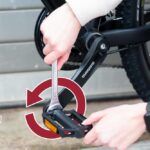

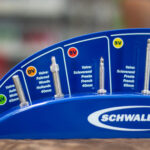




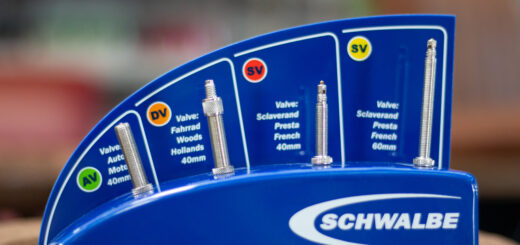
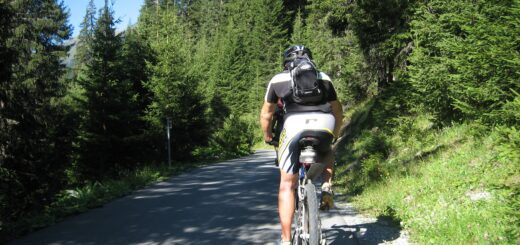
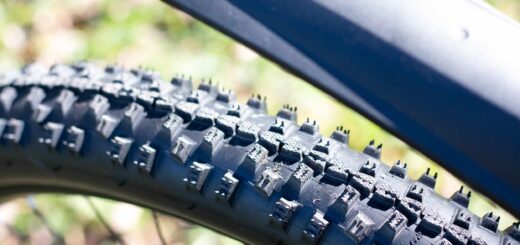








Recent Comments